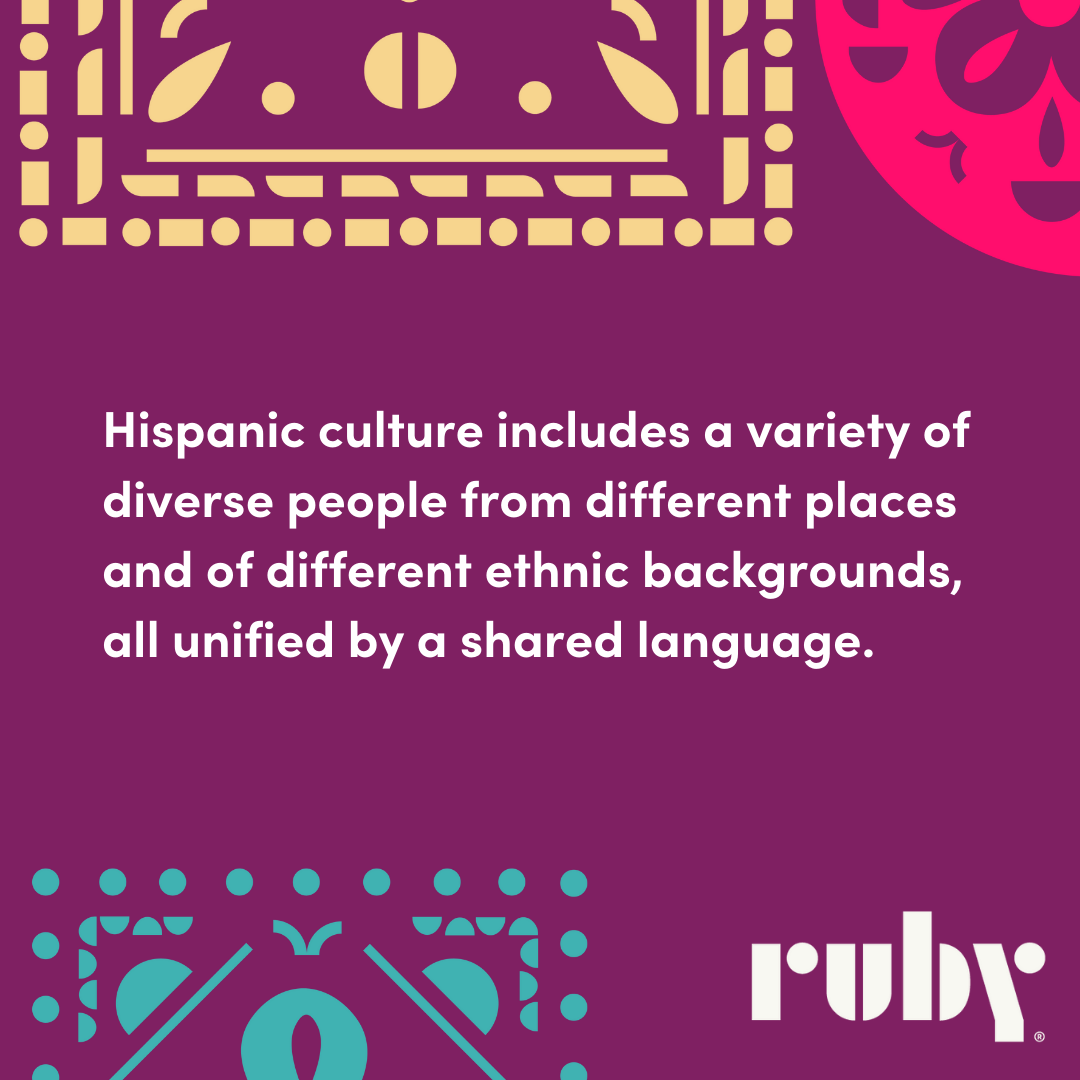Pop quiz: Can you name the fastest-growing segment of small businesses in the United States?
A) Retailers
B) Construction firms
C) IT companies
D) Healthcare providers
Okay, to be honest, this is kind of a trick question. The answer is both none and all these groups.
What am I talking about? I’m talking about Hispanic- and Latinx-owned businesses.
The growth of Hispanic and Latinx businesses
Hispanic- and Latinx-identifying people make up a large percentage of the US population—18.8%, or 62.1 million people, to be precise. And like a lot of Americans, many members of the Hispanic and Latinx communities run their own businesses.
But where these entrepreneurs stand apart is in the rate they’re launching their companies. Over the past 10 years, the number of Latinx business owners grew 34%, compared to 1% for all business owners in the United States, according to a study from Stanford University.
That’s 34 times the rate other people start their businesses!
It’s important to recognize that this isn’t one community or one kind of person we’re talking about. They speak different languages, live in different regions, and have different racial identities and cultural heritages. It’s a diverse group with diverse businesses—law firms, marketing agencies, tech companies, plumbing and electrical businesses, consulting firms—the list goes on.
And yet, despite their differences, countless Hispanic and Latinx business owners face the same identify-related obstacles, including cultural discrimination when it comes to business loans.
Let’s explore some of the realities of Hispanic- and Latinx-owned businesses, starting with the terms we use.

What is “Hispanic,” exactly? What is “Latinx?”
There are so many misconceptions about the definition of Hispanic, even among people who identify as such.
Hispanic definition
Merriam-Webster defines Hispanic as “of, relating to, or being a person of Latin American descent and especially of Cuban, Mexican, or Puerto Rican origin living in the U.S., of or relating to the people, speech, or culture of Spain.”
Not exactly the simplest definition.
No wonder there are so many misconceptions about this term! Let’s break it down a bit. In common use, “Hispanic” refers to language over everything else. Someone is typically considered Hispanic if they are from, or trace their background to, a Spanish-speaking country.
So, what about “Latino?” What does that mean? How about “Latinx?” Do they mean the same thing?
Not quite.
Latinix definition
“Latinx” is a gender-neutral term for a person from Latin America. Previously, we only had binary language to identify folks from Latin America: “Latina” for women, and for men, “Latino”—which doubled as a general term. Because that language doesn’t necessarily reflect all people’s gender identities, I’m using the term “Latinx” here in the way we would have traditionally used “Latino.”
This raises another question: What is Latin America?
Latin America is defined as the part of the American continents south of the United States that includes nations in which Spanish, Portuguese, or French are “officially” spoken. These are the official languages because these countries were colonized by France, Spain, and Portugal.
Confused? I know how you feel—I’m getting confused just writing this. Here are some easy examples to make things clearer:

Someone whose parents emigrated to the US from Spain might consider themselves Hispanic. This person would probably not be considered Latinx, because they trace their heritage to Europe.

Someone whose great-grandparents came to the US from Brazil might consider themselves Latinx, but not Hispanic. That’s because they don’t have Spanish heritage—Brazil was colonized by the Portuguese.

Someone with family in Mexico might consider themselves both Hispanic and Latinx. Their ethnic identity is connected to a Spanish-speaking nation located in Latin America.
Keep in mind that these are only examples. In the real world, identities intersect in all kinds of ways.
Think about someone whose mother is from Venezuela and whose father is from Puerto Rico—how would they identify?
How about someone with Argentinian and Japanese ancestry?
Or someone from Haiti who speaks Quechua, Spanish, Portuguese, and Arabic?
Also consider the fact that neither Hispanic nor Latinx is a race. People who identify as one or either might also identify as Black, white, American Indian, Asian, Pacific Islander, or any number of racial compositions. Some people also self-identify using terms such as Chicano/Chicana/Chicanx, Spanish-American, indigenous, and/or Hispano.

Overcoming the barriers Hispanic and Latinx businesses still face
Every one of us has a unique racial, cultural, and ethnic identity—and for many in the Latinx and Hispanic communities, it’s a complex, intricate patchwork.
It’s one reason that when speaking about these communities, the term “minority” doesn’t really make sense. Not only are demographics shifting in the US overall, but minority/majority thinking doesn’t reflect anyone’s lived experience. As the authors of a recent article in The Atlantic write:
“In reality, racial diversity is increasing not only at a nationwide level but also within American families—indeed within individual Americans. Nearly three in 10 Asian, one in four Latino, and one in five Black newlyweds are married to a member of a different ethnic or racial group. More than three-quarters of these unions are with a white partner. For more and more Americans, racial integration is embedded in their closest relationships.”
Why do I bring all of this up? To point out the fact that while every Hispanic- and Latinx-owned business is unique, we’re all members of the same community: our business community. That means when some of us face discrimination and unfair treatment, it impacts all of us.
Take a look at some startling trends from the Stanford study I mentioned earlier:
- 20% of Latinx-owned businesses that applied to national banks for loans over $100,000 received funding, compared with 50% of white-owned businesses.
- For larger companies, the gap is even wider. 29% of Latinx-owned businesses with over $1 million in revenue were approved for their loans, versus 76% of comparable white-owned businesses.
- In spite of their lower odds of receiving funding, Latinx-owned businesses are outpacing white-owned businesses, growing their revenue by 25% annually, compared to 19% for white-owned businesses.
What can we do about these barriers? While there isn’t a single solution, there is one simple way you can help right now: support Hispanic- and Latinx-owned businesses.
Here at Ruby, we are passionate about creating opportunities for businesses and their owners. In fact, many Rubys are, or have been, small business owners—myself included. We’ve dedicated our work to supporting small business owners because we know what small businesses mean to our communities.
We encourage you to join us in supporting Hispanic and Latinx businesses. Here are a few resources to learn more and make a difference:




